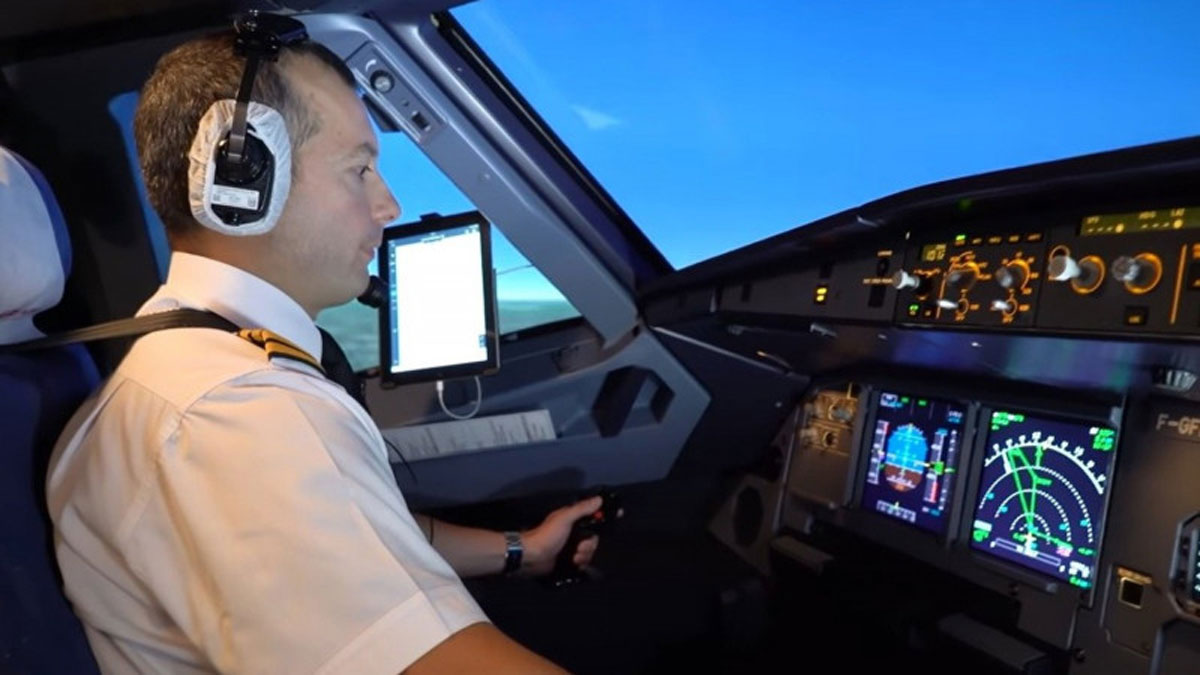Some sounds in the cockpit may indicate an aircraft malfunction and require immediate attention. What signals from the equipment are especially afraid of anyone hearing the crew?
The other day, a video went viral on the network in which pilots offer to listen to what warnings make even the most experienced specialists nervous. The video intrigued users of social networks and caused a flurry of questions.
Let’s find out what exactly this or that sound is shown in the video signals. It is unlikely that we will ever be able to look behind the door of the cockpit.
Surging (Stall)
This means that one of the motor blades may have been damaged by a foreign object that has entered the motor. The consequences of a surge depend on what caused it. Surging can be a “one-time action”, or it can go in cycles. For example, a bird strike can severely damage the compressor blades, and such a change in the airfoil will lead to constant surges. It will be accompanied by loud pops, an increase in temperature inside the engine, and strong vibration.
Such an impact can quickly destroy the engine, so pilots usually have little time to react. First, the pilots smoothly lower the engine thrust to a minimum. If this does not help and the surge does not stop, then the engine is turned off.
The loss of one of the engines as a result of a surge in our time is rarely a big threat to the aircraft. The surging of all engines at once is an extremely rare phenomenon, but already critical.
Engine fire
The engine is always on. But don’t be alarmed, the fire in the combustion chamber can be controlled. However, if a flammable substance – fuel, oil, or hydraulic fluid – comes into contact with hot engine parts outside the combustion chamber, they can ignite.
To avoid this, the engine has an overheating detection system. If the system is activated, a fire alarm sounds in the cockpit. After successfully extinguishing the fire and ensuring the safety of the engine, the crew must land at the nearest airfield.
Wind shear
This means that the wind has suddenly changed direction or speed. It can be vertical or horizontal, affecting the aircraft during takeoff or descent. It differs from the prevailing wind in that it occurs at a short distance.
Strong winds in and of themselves are not a major problem. However, the danger of wind shear lies in the effect on aircraft lift. At high altitudes, vertical wind shear can cause changes in airspeed and sink rate. This is often felt as turbulence.
But it is at low altitudes, close to the ground, that wind shear is most dangerous. If at this point the pilots begin to reduce power, the accident will be very difficult to avoid. Therefore, the crew is trained to recognize the wind shear signal.
Traffic
Today, in many areas of the world’s airspace, simply real “pandemonium” reigns. The more participants in the movement, the higher the likelihood of their unpleasant meeting at a certain moment.
The TCAS (Traffic alert and Collision Avoidance System) system surveys the airspace around the aircraft, detects other aircraft, analyzes the information received, issues it to the crew, and in the event of collision danger, warns pilots about this and issues the necessary recommendations for immediate action.

